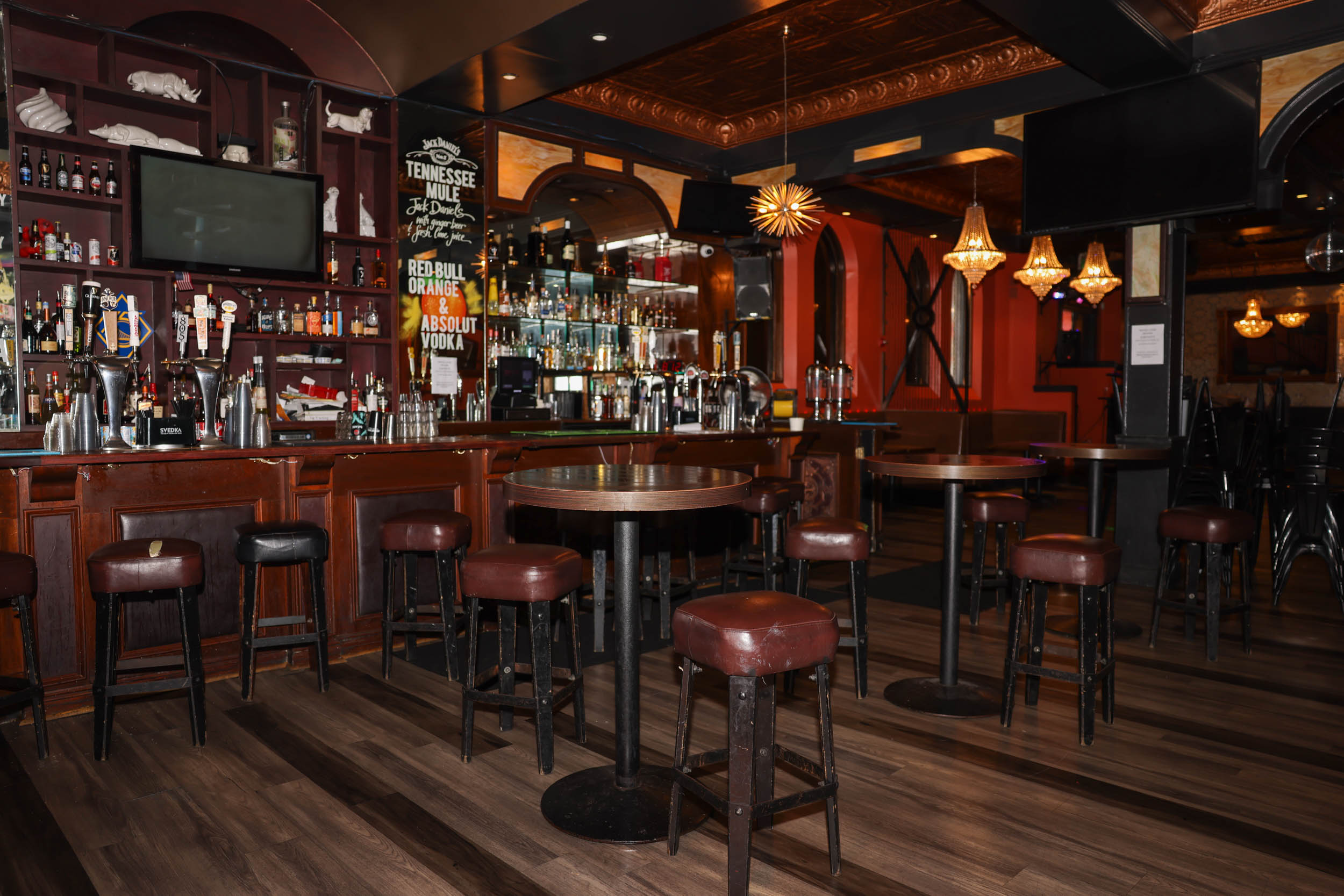For Mayes Oyster House owner Matt Corvi, the Restaurant Revitalization Fund (RRF) was the light at the end of a very long tunnel.
“We were basically floating out in the middle of the ocean trying to make ends meet,” Corvi said, who bought out his business partners shortly before the pandemic.
“When we saw the RRF was coming we figured our ship was going to be able to come in and weather all of Covid. It was a depressing let down not to get it.”
The $28.6 billion of grant money was meant to help the industry after months of government-mandated closures. The funds dried up in just three weeks—with promises from lawmakers it would eventually be replenished. That never happened.
Numerous efforts to replenish it failed, including a May vote in the U.S. Senate that received 52 votes in favor, but fell short of the 60-vote filibuster-proof limit.
Only around 40% of the program’s 250,000 total applicants received cash, leaving more than half with nothing.
That unequal distribution has served to create two classes of businesses: Haves and have-nots.
“They basically took the chessboard and shook all the pieces off and only picked some of them up,” said Mark Rennie, a longtime San Francisco entertainment and restaurant attorney. “The rich got richer and the poor got poorer.”
A national survey conducted by the Independent Restaurant Coalition found 80% of businesses who did not receive RRF money said they were in danger of permanent closure without additional aid.
Corvi said even if business was completely back to pre-Covid it would take years to dig his way out of the hole. Bankruptcy has crossed his mind and he’s currently in negotiations with his landlord, which could mean more debt.
“I take it day by day—almost hour by hour—and knowing that we’re coming into the busy season here kind of keeps us going,” Corvi said. “You’re trying to stay positive, but it’s a struggle. It’s a fight and I’m fighting it every day.”
The survey found that those who did not receive RRF were more than twice as likely to say they were in danger of filing for bankruptcy or had filed for bankruptcy, received or anticipated eviction or took out personal loans to support their business.
From outside it may appear that restaurants are well on their way to recovery. Covid restrictions and vaccine requirements have been lifted and many businesses are benefiting from outdoor dining.
Those who have thrived—in many cases with the help of government support—have ended up in a better position than they were even before the pandemic. Being on strong financial footing means an opportunity for additional investment or even growth as other businesses falter.
Valen West, owner of The Fly Trap, successfully applied for two rounds of PPP as well as funding from the RRF.
What saved her business was previously underutilized outdoor patio space that became a key revenue driver as indoor dining also opened up. Now, the SoMa restaurant is doing better than ever, in part because of less competition.
“My financials are telling me I’m feeling a lot better,” West said. “Now, I’m feeling like I can actually entertain the possibility of doing something else.”
While some neighborhoods have boomed, other areas have languished amid an uneven recovery. What the apparent normalcy also disguises is the enormous debt load accumulated by many businesses.
Take the case of Chris Costello, co-owner of Christopher’s Fine Catering. Costello saw business grind to a halt as remote work hollowed out offices. The catering company has the advantage of owning its own warehouse in the Bayview—a fact that served to keep his business solvent—but the overhead costs still totaled around $15,000 monthly.
Costello said he’s been able to cobble together around $350,000 in loans, but his retirement plans have been put on hold
“To unf*** myself now and make sure everything’s the way I want it for my partner and my daughter, that’s another three to five years at least,” Costello said.
Fiachra O’Shaughnessey, the manager of McTeague’s Saloon on Polk Street, tried to lobby state lawmakers to use a portion of California’s record-breaking $97 billion surplus to support restaurants left out of the RRF. But discussions quickly petered out.
O’Shaughnessey contrasted his industry’s situation with that of event venues who received the Shuttered Venue Operators Grant. In that case, the program was overfunded and allowed businesses who received aid to come back for supplemental funding.
“There’s just this disbelief that the government could and would create a system that would reward 40% of businesses and not the rest. It goes against everything about America, that things should be even and fair,” O’Shaughnessey said.
He foresees landlords pushing back or suing for rent while loan repayments start and those holding out for hope of more business begin to walk away from their establishments.
“You’re seeing people just a few years from retirement who are declaring personal bankruptcy on what up until now would have been a very successful business,” O’Shaughnessey said.
